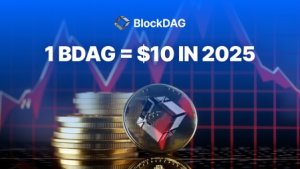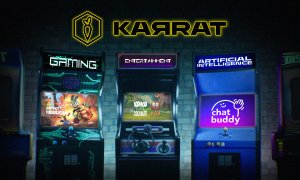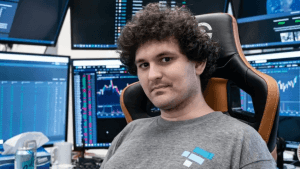The predicament of trading gamification technology
“Technology and a more light-hearted approach have had a positive impact on the trading industry. However, it is vital to educate the new generation of traders and make them understand that trading often comes with real-life dangers and risks” – Natalia Zakharova, FXOpen

The days when trading was considered to be an elite activity for a coterie of professionals and whales unafraid to risk their funds are long over. Presently, the sphere has turned into a magnet for fancy technological features — which facilitates and sometimes even automates the processes. Naturally and pretty unsurprisingly, trading started the gradual merge with another technically advanced domain: gaming.
In a nutshell, gamification is a deliberate strategy applied to activities and services to attract, stimulate and motivate users. This is possible thanks to the integration of game-design elements like colorful interface, points, leaderboards, push notifications, badges, contests, and bonuses for referral, etc. into previously non-game systems.
Sounds harmless, no? Gamification helps people combine work with fun, and, in our case, makes trading available and affordable to virtually everyone, just one click away. Everyone can try their luck at earning money on capital markets, forex, and so on.
So why are financial regulatory bodies so alarmed at the tendency? And why are the voices of those opposing the idea of trading platforms’ gamification becoming louder and louder?
In this article, I will dissect the arguments given by the warring camps, and formulate the questions any aspiring trader (especially those initially tempted by the cheeriness and promises of game elements) should ask themself before delving into the depths and nuances of trading.
The Good
We live in strange times: the pandemic has changed us forever, including our financial behavior and approach to money-making. Despair, boredom, sometimes some spare cash via government handouts, the desire to make some quick money, all these background details have created perfect conditions for a proliferation of trading apps.
The proponents of the gamification movement say: cultivate it, don’t criticize it. Gamification brings with it a new, younger generation of traders many of whom have the potential to stay and become valued individual investors.
Catering to a more modern audience means the need to roll out more shticks that ultimately propel the trading technology forward. Let’s have a look at trading apps for stocks and forex. With their help, you can (this is a lengthy list!):
– trade just using your phone, so essentially from anywhere, anytime,
– again, trade with a phone and without having to access the exchange,
– utilize auto trading features, as well as EAs: watch various charts and indicators to make informed decisions,
– become better at social trading and use any new tricks of your trading peers and experts to your advantage,
– program your trading strategies even if you don’t have any coding experience,
– easily interpret market signals with the help of technical and fundamental analysis tools,
– log in to your brokerage account, receive brokers’ streaming data, and send orders directly to the broker,
– invest funds with different asset managers with the help of investing apps.
All dandy! Right?
The Bad
Fine, but what about the risks? Can one just start trading left, right, and center without previous experience in analytics, and sans an in-depth knowledge of the markets?
Trading is intertwined with psychology; so aren’t game-like design elements of trading apps influencing users’ trading behavior? Financial watchdogs around the globe are hitting the panic button, alleging that trading gamification pioneers are “aggressively” manipulating and misleading investors about the risks of trading with borrowed money.
Skeptics also say that new traders-slash-gamers don’t particularly care about the economics of the companies as they buy their shares. Then again, do technical traders whose go-to way is to buy and sell based on chart patterns? Similarly, the argument against traders-slash-gamers manipulating the price of stocks and inflicting losses on the front-line market professionals is as follows: … that’s the problem of the said market experts if they are so defenseless against the newbies’ attacks.
The Pay-Off
Personally, I belong to the naysayer club. I have already briefly discussed the matter with FinanceFeeds, and still stand behind my words: while gamification does have its benefits (like attracting a wider audience and expanding the market), it may turn against the industry in a domino-effect scenario. The sector of the population previously unfamiliar with all shades of trading is lured in by game-like elements >> the newcomers see trading as a light risk-free social activity >> they start investing and losing money >> they complain to the regulators >> the regulators start imposing limitations on brokers.
In hopes of drawing more attention to the issue, I am going to discuss in more detail the following points in my upcoming articles on the psychology of trading:
– Is trading really for everyone?
– Can one trade without knowing the basics?
– What makes one a good or bad trader?
Technology and a more light-hearted approach have had a positive impact on the trading industry. However, it is vital to educate the new generation of traders and make them understand that trading often comes with real-life dangers and risks — to avoid unnecessary scrutiny and instill the understanding that, despite being open to everyone, what the field of finance needs is not just more people, but better investors. And maybe, just maybe, trading and investing may turn out to be not someone’s cup of tea, and that’s ok.









